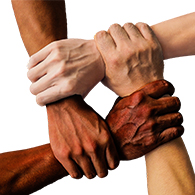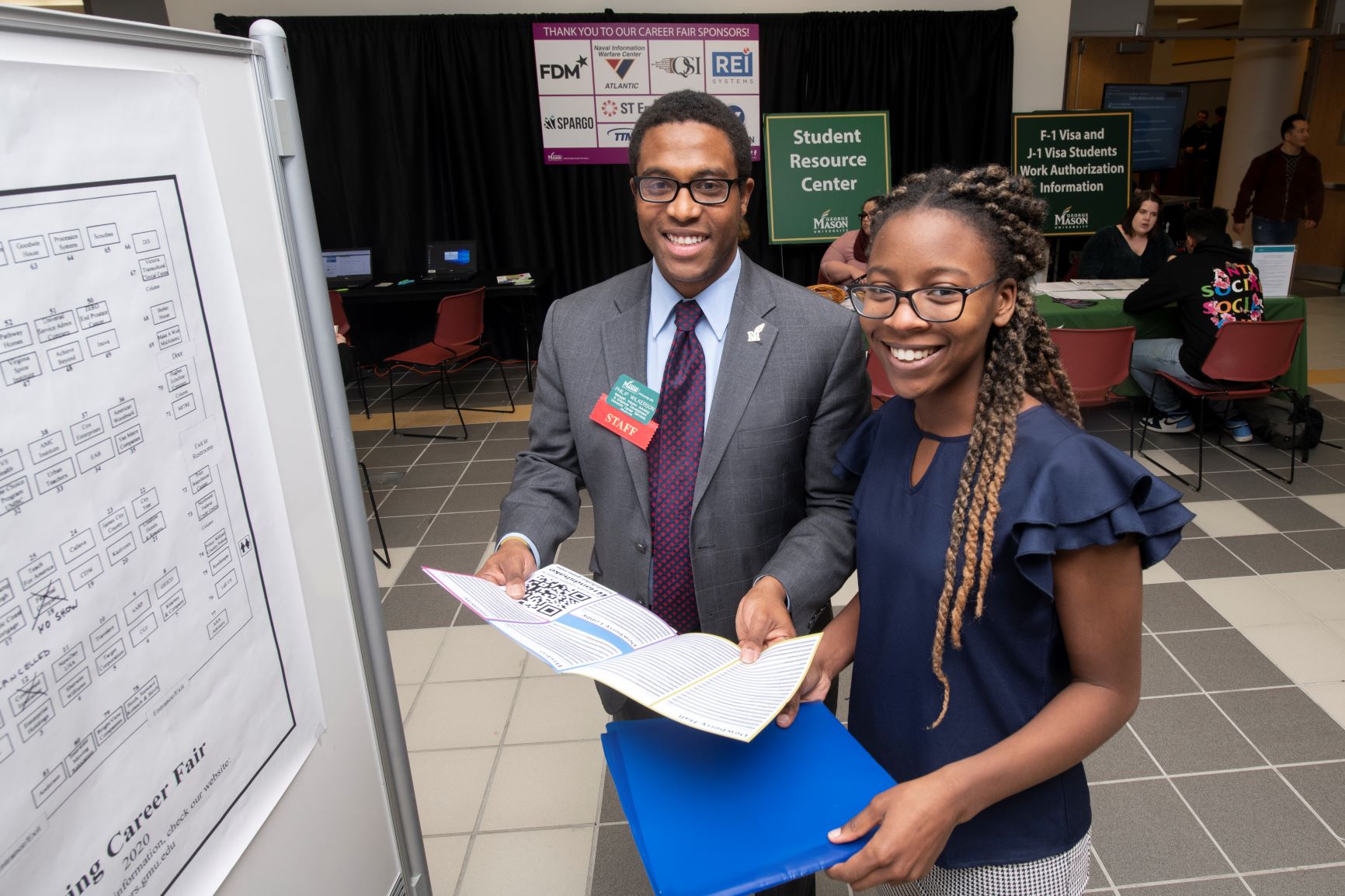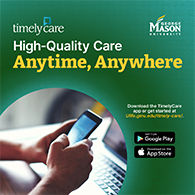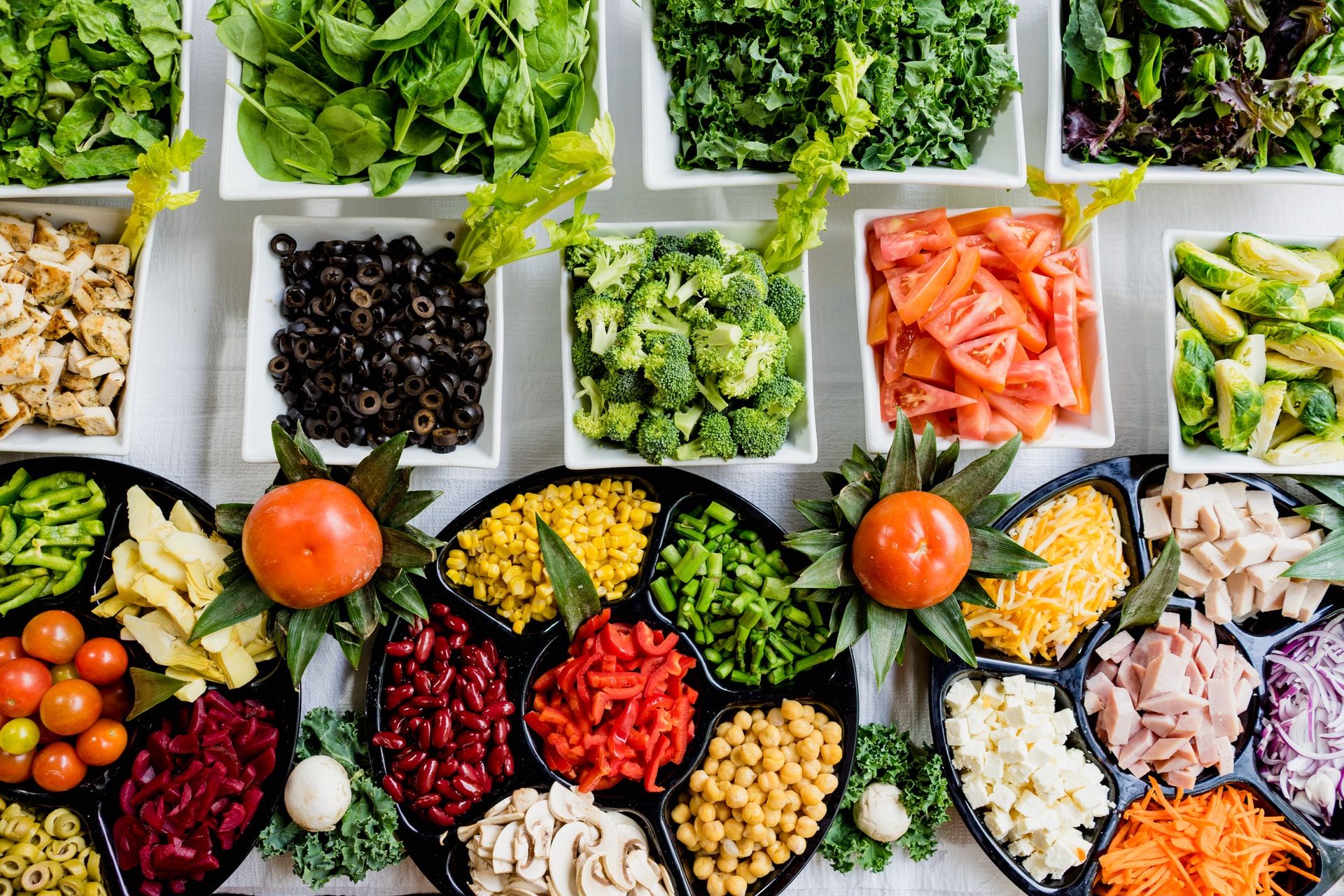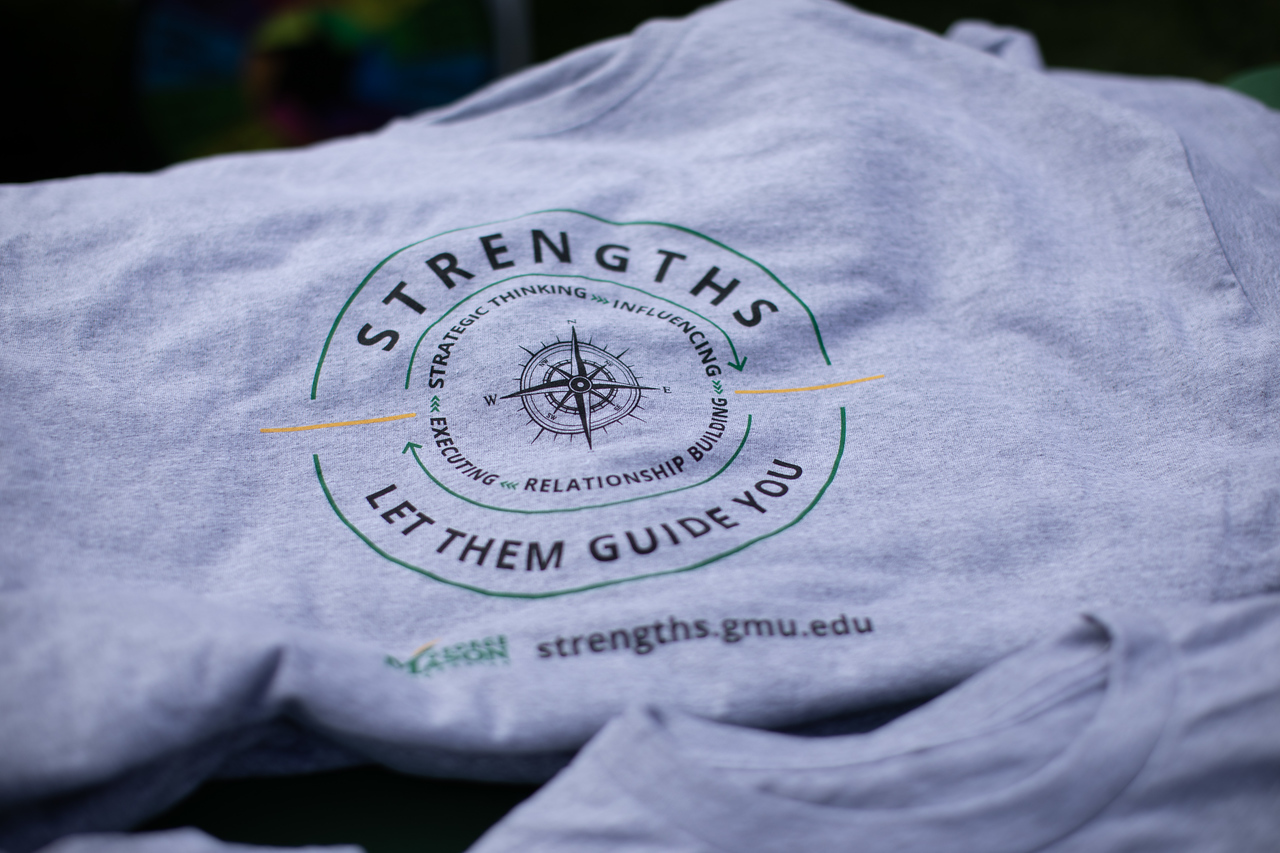by Seema Wadhwa, CEO, Net Positive Solutions
“You can’t live a healthy life on a sick planet.” – John Replogle
A unique and sacred relationship exists between our environment and our health. Over the last few decades, the context of environmental health has been burgeoning. The conversation has shifted from, “What impact are we having the on the environment – the ecosystem of trees, water, and air?” to, “What impact is the environment having on our health?”. While it may be more self-centric, this later vantage point has inspired more cause for action. People have chosen organic and chemical-free materials. People have considered basic resources such as access to safe and clean water, free of lead from pipes. Recent natural disasters (such as the wildfires in the western USA and flooding and hurricanes in the southern USA), have made people acutely aware that nature is a ruling element for human health. The COVID-19 pandemic, which likely is related to a loss of biodiversity and habitat for bats, has further cemented that connection.
While there is now an abundance of evidence that the environment impacts our health, what is also very clear is that it does not impact all people in the same way. Unfortunately, climate change and associated environmental impacts disproportionally impact socio-economically disadvantaged individuals. This is true on a global scale, with the existence of climate refugees being forced to leave island communities even though they have much smaller input on climate change. This also happens on a local level, with minority communities historically disadvantaged in regard to zoning laws that, for instance, allow for greater levels of pollution in their neighborhoods near highways.
One of the first calls to action is to shift our focus on how we make decisions. An excellent starting point is to be more mindful of social impacts of the purchasing decisions we make. The next call to action is to be thoughtful of changes we can make to create a healthier society.
Activity: Environment, Health and Equity Journaling
This activity is designed to encourage individuals to be more aware and mindful of the connection between the environment and our health.
Many of us go through our day without necessarily considering where the ingredients from our goods come from, the environmental impact that occurs from using them, and what happens to them once we are done using them.
Resource Research
Pick one product that you use on a daily basis. It can range from the soap that you use, to a food product to an appliance (please read all steps before choosing a product). Think through the elements below. Note that not all elements may be appropriate to the product you have selected.
- Where was it made and how far did it have to travel?
- What are the raw ingredients and where might they have come from?
- What will happen once the product has completed its useful life?
Health Considerations
Go back through the list above and think through associated health considerations.
- Where was it made and how far did it have to travel?
- What were some health impacts that may have been created to by transportation of the product?
- Were there chemicals used in the manufacturing?
- Did the energy used for the production come from coal-fired power plants?
- What are the raw ingredients and where might they have come from? Was the packaging made from plastics (which originate from the production of oil)? Are there any metals used in the product?
- What will happen once the product has completed its useful life? Is the item recyclable or will it end up in the landfill? What will happen to any of the chemicals or electronics inherent in the product?
Equity Considerations
The last element of consideration is who is impacted along the way by the selected product.
- Where was it made and how far did it have to travel? Which country was the product made in and do they have appropriate protections for their workforce? Who transported the product?
- What are the raw ingredients and where might they have come from? Who is handling the raw products?
- What will happen once the product has completed its useful life? Is the product disassembled in a country or shipped to countries with less regulated environmental laws?
Share your Environmental Health and Equity Journaling
Now that you have a newfound understanding of the link between consumption and environmental health, share what you have learned both through conversations and through social media.
Additional Resources
Learn about the health impacts of climate change from the American Public Health Association – Center for Climate, Health and Equity.
Read “Bridging Climate, Health, and Equity: A Growing Imperative” from the National Institutes of Health.
Find out what you can do for positive change, from the Climate Change, Health and Equity: Opportunities for Action report.
Write one of these Thriving Together Series features! We’re looking for contributions on all topics related to well-being. Read other Thriving Together Series articles here and contact us at [email protected] for guidelines. Thank you for helping our Mason community thrive together online!



